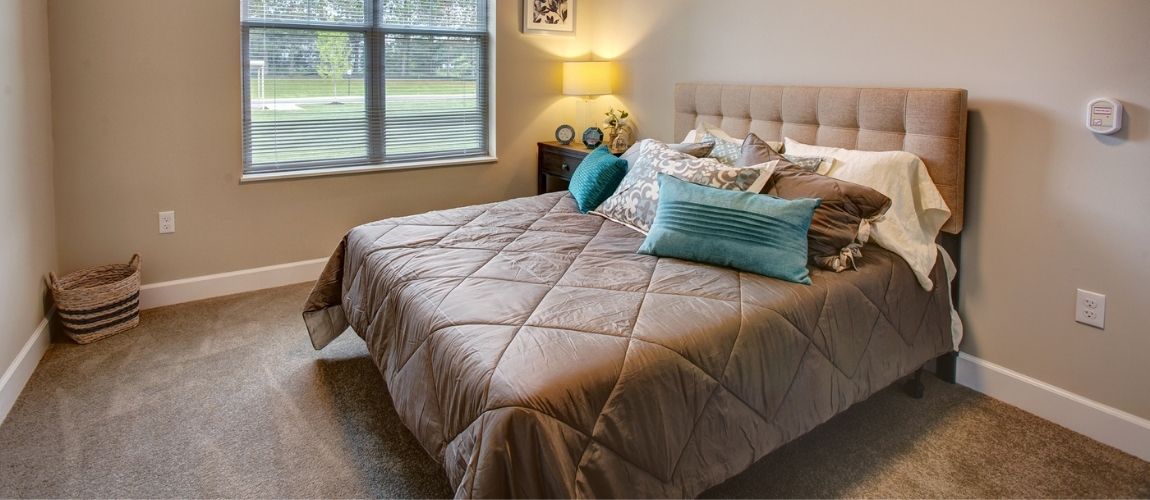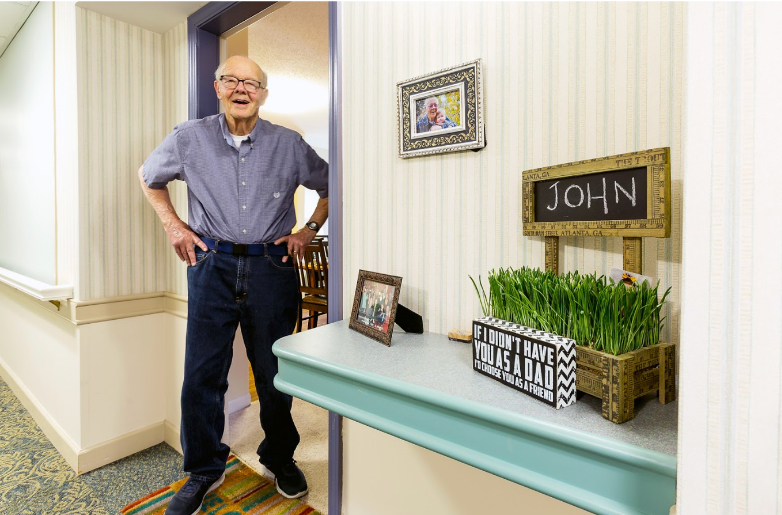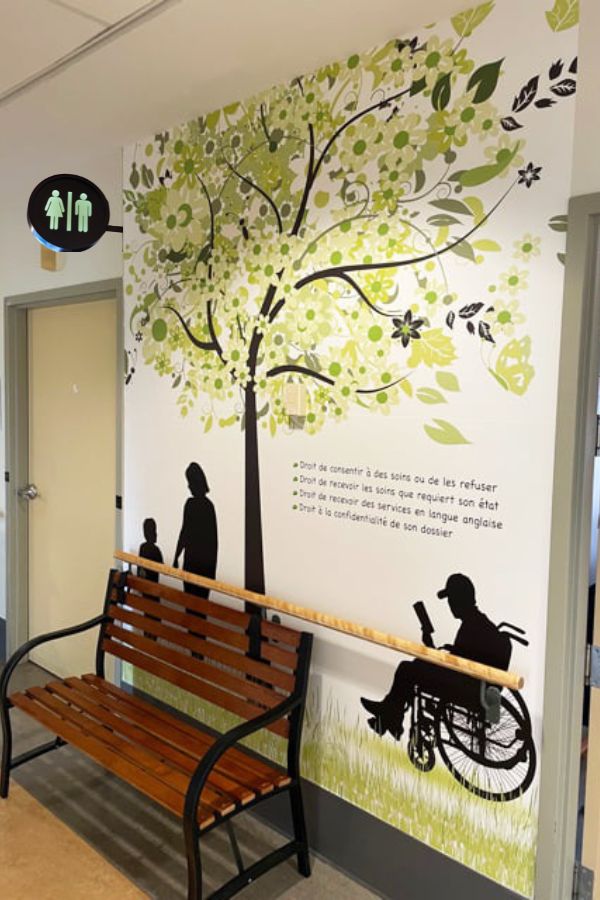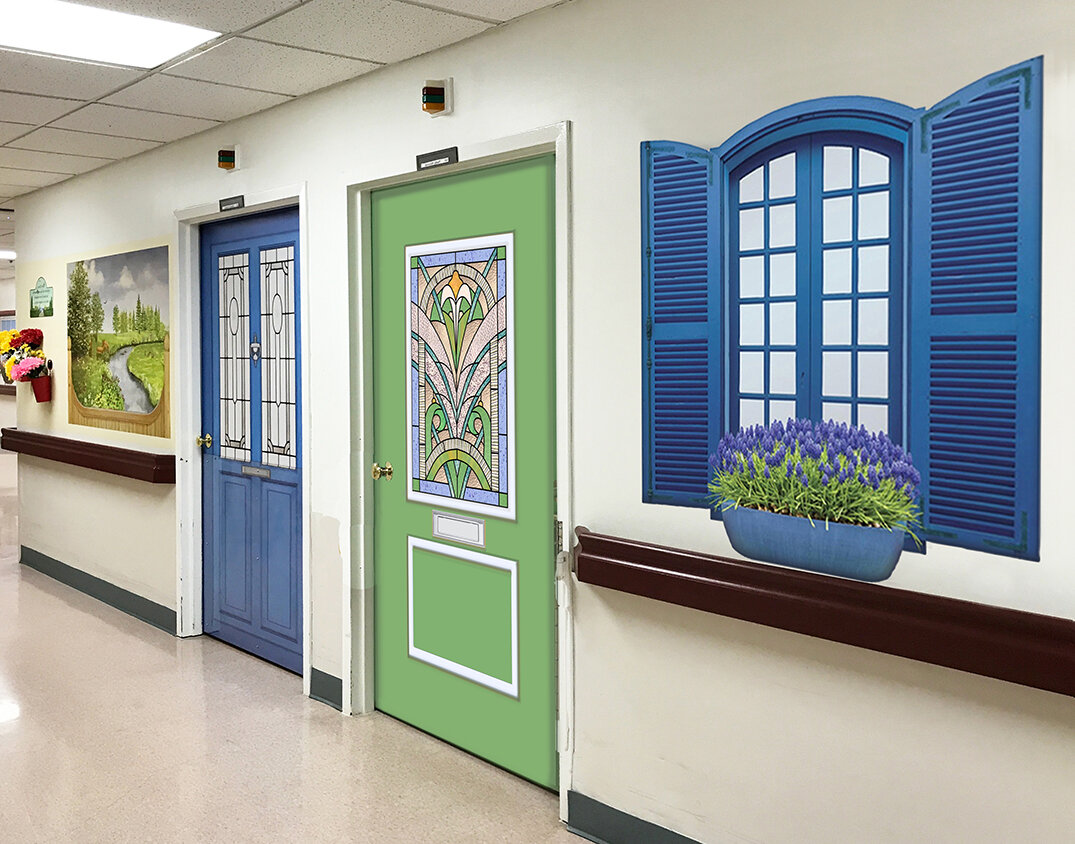Decorating a space for individuals with memory care needs can be both a rewarding and challenging task. Having personal experience in assisting a family member with dementia, I learned that the right environment can make a profound difference in their quality of life. In this comprehensive guide, we’ll explore various memory care decorating ideas that foster comfort, safety, and cognitive stimulation.
Understanding Memory Care Environments
Before diving into specific decorating ideas, it’s essential to understand the unique requirements of memory care environments. These spaces should promote familiarity, safety, and opportunities for engagement. The goal is to create a home-like setting that feels comfortable and secure while also being functional.
Key Principles of Memory Care Design
Person-Centered Design
Person-centered design focuses on the individual’s preferences and needs, ensuring that the environment reflects their personality and history. This could include:
- Incorporating familiar items and decorations from their past.
- Creating spaces for social interaction with family and friends.
- Providing areas for quiet reflection and relaxation.
Simplicity and Familiarity
Simple designs reduce confusion and anxiety. Aim for a layout that is easy to navigate. Use familiar patterns and colors to stimulate memories without overwhelming the individual.
Safety First
Safety is paramount in memory care spaces. Consider the following when decorating:
- Non-slip flooring and secured rugs.
- Furniture with rounded edges to prevent injury.
- Clear, well-lit pathways to minimize the risk of falls.
Memory Care Decorating Ideas
1. Color Schemes that Calm
Colors have a significant impact on mood and cognition. Here are a few color schemes to consider:
| Color | Psychological Effect |
|---|---|
| Soft Blue | Calmness and tranquility |
| Warm Yellow | Happiness and energy |
| Gentle Green | Balance and reassurance |

2. Utilizing Personal Memorabilia
Incorporating personal items such as family photos, awards, and cherished possessions can help spark memories. Design a dedicated wall or area where these items are displayed prominently. This not only personalizes the space but also creates conversation starters during family visits.
3. Creating Safe Outdoor Spaces
Outdoor spaces can significantly enhance the well-being of individuals with memory care needs. Consider these ideas:
- Secure and enclosed gardens for safe exploration.
- Seating areas with comfortable chairs and shade.
- Raised garden beds for easy access to planting and nurturing plants.

4. The Power of Aromatherapy
Aromatherapy can stimulate memory and relaxation. Use diffusers with essential oils like lavender for calming effects, or citrus scents for energizing moments. Ensure these scents are subtle and not overwhelming.
Comparing Memory Care Decor Techniques

| Technique | Pros | Cons |
|---|---|---|
| Colorful Decor | Stimulates memory and mood | Overstimulation if too bright |
| Personal Memorabilia | Encourages connection and conversation | Requires regular updating |
| Sensory Elements | Engages multiple senses | May require careful selection |
Furnishing for Memory Care

Comfortable and Functional Furniture
Choose furniture that is both comfortable and easy to use. Look for:
- Ergonomic chairs with good lumbar support.
- Tables with rounded edges.
- Adjustable lighting options for different activities.
Multi-Functional Spaces
Design spaces that can adapt to various activities—like a living area that can also serve as a dining room. Flexibility can encourage family gatherings and social interactions.

Engaging Activities through Decor
Incorporating Art and Craft Stations
Art can be a therapeutic outlet. Set up a creative corner with art supplies for painting or crafting. This not only stimulates creativity but also serves as a great way to engage with visitors.

Interactive Wall Features
Consider using chalkboard paint or whiteboards on the walls. This allows residents to express themselves, track daily activities, or even engage in games like tic-tac-toe.
Considerations for Memory Care Decor
Budgeting for Decor
Decorating a memory care space can be done on various budgets. Consider:
- Assessing which items can be upcycled or refurbished.
- Investing in key pieces that offer both comfort and safety.
- Prioritizing elements that promote engagement over aesthetics.
Involving the Care Recipient
Whenever possible, involve the individual in the decorating process. Ask for their input on colors, styles, and items they enjoy. This helps them feel a sense of ownership in their space.
Maintaining the Decor
Regular Updates and Adjustments
Memory care needs can evolve, so it’s crucial to regularly update and adjust the decor based on feedback and experiences. This could mean swapping out art pieces or moving furniture for better flow.
Seasonal Decor Changes
Consider rotating decorations with the seasons. This not only keeps the environment fresh but can also spark conversations about the changing seasons and memories associated with them.
FAQs about Memory Care Decorating
What colors are best for memory care environments?
Soft, calming colors like light blue, gentle green, and warm yellow are recommended as they can reduce anxiety and promote a sense of peace.
How can I make a memory care space feel more home-like?
Incorporate personal items, familiar furniture, and photographs to create a welcoming atmosphere that reflects the individual’s personality and history.
Are there specific safety features to consider in memory care design?
Yes, non-slip flooring, rounded furniture corners, and well-lit pathways are critical safety features to prevent falls and injuries.
How often should I update the decor in a memory care space?
Regular updates are beneficial, depending on the individual’s evolving needs and preferences. Seasonal changes can also help keep the environment dynamic.
What types of activities can I incorporate into the decor?
You can incorporate art stations, interactive wall features, and sensory elements that encourage engagement and creativity.
Conclusion
Decorating a memory care space requires a thoughtful approach that prioritizes comfort, safety, and connection. By implementing these ideas, you can create an enriching environment that not only meets the needs of individuals with cognitive challenges but also enhances their quality of life. Remember, every detail counts, and your effort can make a world of difference in their everyday experiences.
Thank you for joining me on this journey of exploring memory care decorating ideas. I hope this guide inspires you to create a beautiful and supportive environment for your loved ones.